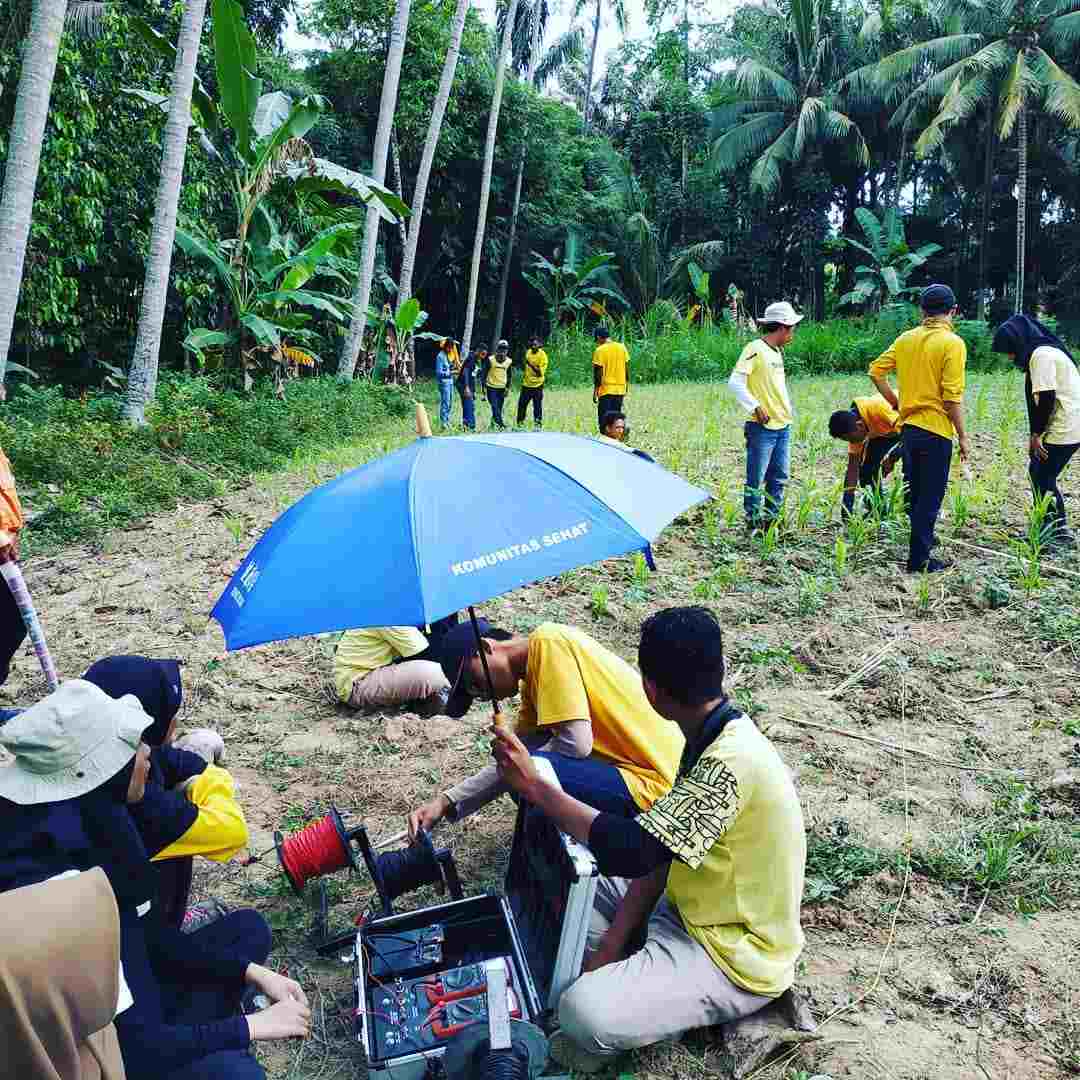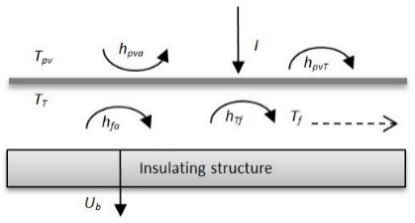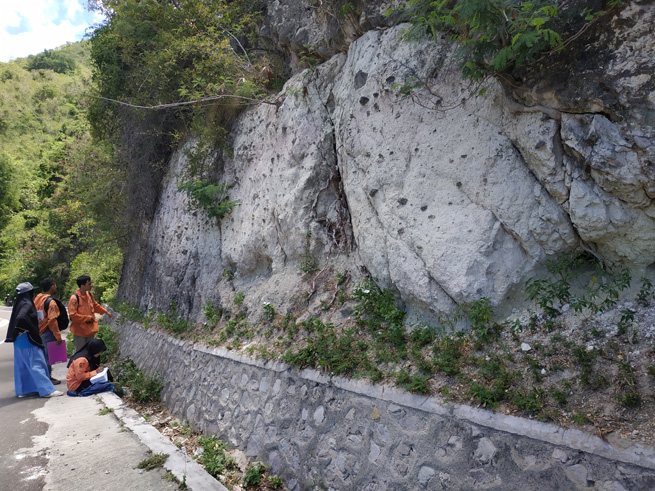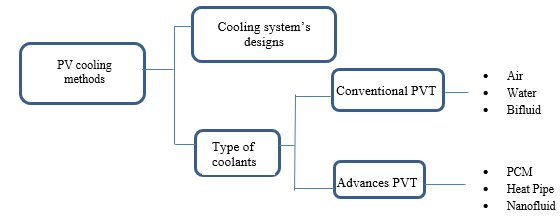Potensi dan Rancangan Kawasan Eco-Geotourism Olele

Buku Potensi dan Rancangan Kawasan Eco-Geotourism Olele
Buku ini mencoba menguak potensi “tersembunyi” yang dimiliki daerah Olele. Pembaca akan disajikan pembahasan yang lugas, yang meliputi pembahasan aspek geomorfologi, geodiversitas, biodiversitas terumbu karang, mitigasi bencana, dan pengenalan konsep kawasan EcoGeotourism. Buku ini merupakan karya yang berasal dari buah pikiran penulis tentang sebuah rancangan kawasan Eco-Geotourism Olele. Rancangan kawasan Eco-Geotourism dibuat dengan penerapan integrasi data satelit dan kajian pustaka demi menghasilkan suatu rancangan kawasan wisata alam yang berlandaskan prinsip konservasi, edukasi, dan mitigasi. Buku ini dipersembahkan sebagai salah satu luaran dalam Program Kreativitas Mahasiswa Tahun 2020 yang didanai oleh DITJEN BELMAWA DIKTI, Kementerian Pendidikan dan Kebudayaan Republik Indonesia.
Abduh, A. G., Usman, F. C. A., Tampoy, W. M., & Manyoe, I. N. (2020). Potensi dan Rancangan Kawasan Eco-Geotourism Olele. UNG Press, Gorontalo.
Subsurface Structure Identification In Ilotidea Using Electrical Method For Developed The Flood Tourist Science Village

Data acquisition
Gorontalo is one area that is very vulnerable to flooding. Flood problems in Gorontalo must have a solution that can have a positive impact on the community and the government. The purpose of this research is to identification subsurface structure of the Ilotidea Region by using resistivity method. The result of this research will be used for the fundamental of developing the Flood Tourist Science Village. The method that used in this research is to take subsurface data by using the IPMGEO-4200 Electrical Resistivity Meter in 6 points at Ilotidea Village. Processing data through calculating the apparent resistivity, then interpreting the subsurface structure of the Ilotidea region. Based on the results of the data analysis, there are obtained 5 layers at each data retrieval point. The layers found at each point are composed of sandy clay, clay, sand, clay, and sandstone. Based on the results of the interpretation of the subsurface structure, the sandy clay layer is arranged with a layer of clay which has the characteristic of not easily escaping the water. This causes the Ilotidea area to be very vulnerable to flooding because when surface runoff and rainfall falls into this area has a high intensity and volume it will cause inundation due to the absence of water absorbed by material found below the surface. Based on the subsurface structure of the Ilotidea region, the house foundation that will be made in a flood tourism science village must reach a depth of 5-10 m where at this depth the layer is a clay layer which is not easy to escape and elastic so the house is not easy to collapse.
Keywords: Lithology, Subsurface, Electrical, Flood Tourism, Ilotidea.
Tolodo, D. D., Suma, M. D., Yusuf, N. J., & Manyoe, I. N. (2019). Subsurface Structure Identification In Ilotidea Using Electrical Method For Developed The Flood Tourist Science Village. Jurnal Sains Informasi Geografi, 2(1), 44-49.
Theoretical approach model of building integrated photovoltaic thermal air collector

Schematic of temperatures and heat transfer coefficients of a PVT air collector.
Over recent years the photovoltaic technology has obtained signifcant development, especially in building integrated photovoltaic thermal (BIPVT) system. Photovoltaic thermal (PVT) air collectors are advantageous because of their efficiency. Various studies have been conducted to determine the ideal parameters of PVT air collectors. Few theoretical approach models of PVT air collector systems were used to help detect occurrences in a PVT collector system and calculate the optimal parameters. The heat transfer and energy balance of PVT air collectors were analysed and reviewed based on the model, quantity of cover, channels and forms of the collector. A mathematical model was developed to describe actual working situations and to examine new shut PVT collectors. The first law of thermodynamics is the principal equation in the model. Different analysis methods were utilised to evaluate PVT performances, which are generally based on energy and exergy analyses. This review focuses on theoretical approach model of single-pass PVT air collector.
Fudholi, A., Zohri, M., Taslim, I., Indrianti, M. A., & Manyoe, I. N. (2020). Theoretical approach model of building integrated photovoltaic thermal air collector. International Journal of Power Electronics and Drive Systems, 11(2), 1002.
Geological Structure Analysis for Potential Landslide Disaster and Mitigation at Tanjung Keramat Area, Gorontalo

Field data collection.
Geological structures in the form of joints and faults have big role in landslide disaster. This study aims to analyze the geological structures using stereographic analysis and rosette diagrams and determine the potential landslides that can occur in the research location in order to identify landslide mitigation efforts in the research area. The method used in this research is field observations then followed by stereographic analysis and rosette diagrams, which are one of the diagrams of the presentation of orientation of the geological structures elements. The results showed that the mechanism of landslide mostly caused by the geological structures distribution in the Tanjung Keramat area, especially by joint distribution. Tension joints dominant direction relatively west as well as the slope direction. Stereographic analysis of the shear joints show the type of extensional stress directing relatively North-South. Potential types of landslide that can occur are wedge failures. Appropriate mitigation efforts are by reducing the slope angle and making structural retaining walls to withstand natural slopes and heaps high enough.
Keywords: Geology, Tuff, Joint, Wedge failure, Retaining walls.
Manyoe, I. N., Usman, F. C. A., Taslim, I., Mokoginta, M., Napu, S. S. S., & Salama, T. H. (2020). Geological Structure Analysis for Potential Landslide Disaster and Mitigation at Tanjung Keramat Area, Gorontalo. J SIG (Jurnal Sains Informasi Geografi), 3(1), 37-44.
Overview on recent photovoltaic module cooling methods: advances PVT systems

Classifications of PV cooling methods.
Renewable energy had been monopolized the research area in these past decade up till nowadays, due to its reliability and future in global production of electrical and thermal energy. Narrowing down the scope to the photovoltaic thermal (PVT) system, lots of improvements had been implied both theoretically and experimentally. One of the most attractive applications of PVT water or air-based collectors is building integrated photovoltaic thermal (BIPVT) system, which has undergone rapid developments in recent years. This review paper comprises the research findings on the improvements that had been integrated by PVT systems as well as well as personal and cited remarks on advancements on cooling techniques on PVT system.
Keywords: Renewable energy, Photovoltaic, PCM, Nanofluid, Heat pipe.
Rukman, N. S. B., Fudholi, A., Taslim, I., Indrianti, M. A., & Manyoe, I. N. (2020). Overview on recent photovoltaic module cooling methods: advances PVT systems. International Journal of Electrical and Computer Engineering, 10(1), 15.
